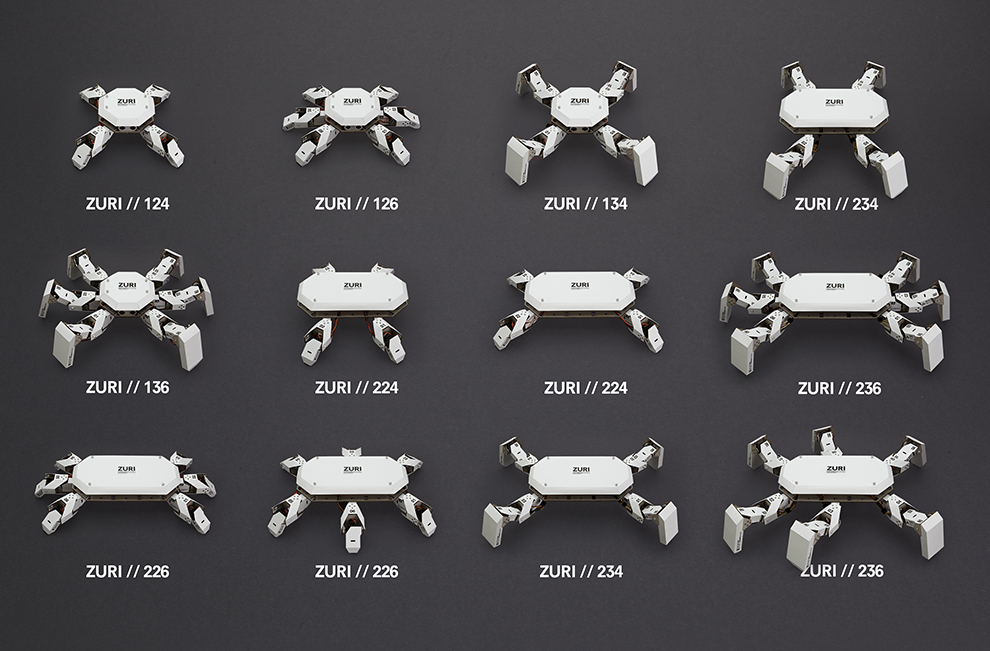
- Image via Wikipedia
So-called rare earths are not rare, but with no current domestic source the essential trace elements can be harder to come by than U.S. makers of wind turbines, hybrid cars, weapon systems and other technology would prefer.
A massive wind turbine—capable of turning the breeze into two million watts of power—has 40-meter-long blades made from fiberglass, towers 90 meters above the ground, weighs hundreds of metric tons, and fundamentally relies on roughly 300 kilograms of a soft, silvery metal known as neodymium—a so-called rare earth.
This element forms the basis for the magnets used in the turbines. “Large permanent magnets make the generators feasible,” explains materials scientist Alex King, director of the U.S. Department of Energy’s (DoE) Ames Laboratory in Iowa, which started making rare earth magnets in the 1940s as part of the Manhattan Project. The stronger the magnets are, the more powerful the generator—and rare earth elements such as neodymium form the basis for the most powerful permanent magnets around.
In the modern world rare earths go far beyond magnets. Spanning 17 elements—from lanthanum to lutetium, plus scandium and yttrium—they find use in computers, screens, superconductors, oil refineries, hybrid or electric vehicles, catalytic converters, compact fluorescent lightbulbs, light-emitting diodes, lasers, audio speakers and microphones, cell phones, MRI machines, telecommunications, battery electrodes, advanced weapons systems, polished glass, and even the electric motors that run automobile windows. “There is no single military system in use by the Pentagon that does not contain rare earths,” King notes, ranging from Abrams tanks to radar systems.
Strong attractor
But, in large part, magnets drive the growth in demand for rare earths such as neodymium—swelling by 15 percent per year, according to an analysis published in Science—and dysprosium. Magnets are the key to generating electricity, of course, and electricity is the key to the use of cleaner sources of energy—whether wind turbines or electric vehicles.
At the heart of those devices sits the most powerful magnet available today—a mix of neodymium, iron and boron, which can produce an energy product of as much as 60 megagauss–oersteds (a unit of magnetic strength). For comparison, a typical iron magnet has an energy product of only four megagauss–oersteds and a refrigerator magnet is typically a mere 0.5 megagauss–oersted. “The stronger the magnet, the smaller the magnet can be,” explains Luana Iorio, a manager at GE’s High Temperature Alloys and Processing Laboratory.
Fortunately, the elements “are neither rare nor earths,” as in soil (although they can be found there), King adds. The name comes from their seeming scarcity when first discovered in the late 18th century in an ore found near Ytterby, Sweden. Unfortunately, “finding reasonable concentrations of them that are economically extractable is quite rarer.”
As it stands, 97 percent of the 124,000 metric tons of neodymium, dysprosium—the name means “hard to get”—and other important rare earth elements produced each year come from one place: China. “When demand for neodymium started to rise, driven in part by wind turbines and hybrid autos, the Chinese were the only providers left,” King says. And demand for the rare earths continues to outpace supply, particularly as China has implemented export quotas.
So the hunt is on for both better ways to use rare earths as well as better ways to mine and, perhaps more important, cleanly separate the rare earths for use.
The Latest Streaming News: Rare Earths updated minute-by-minute









